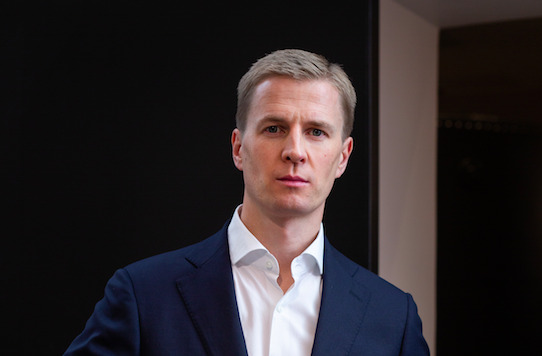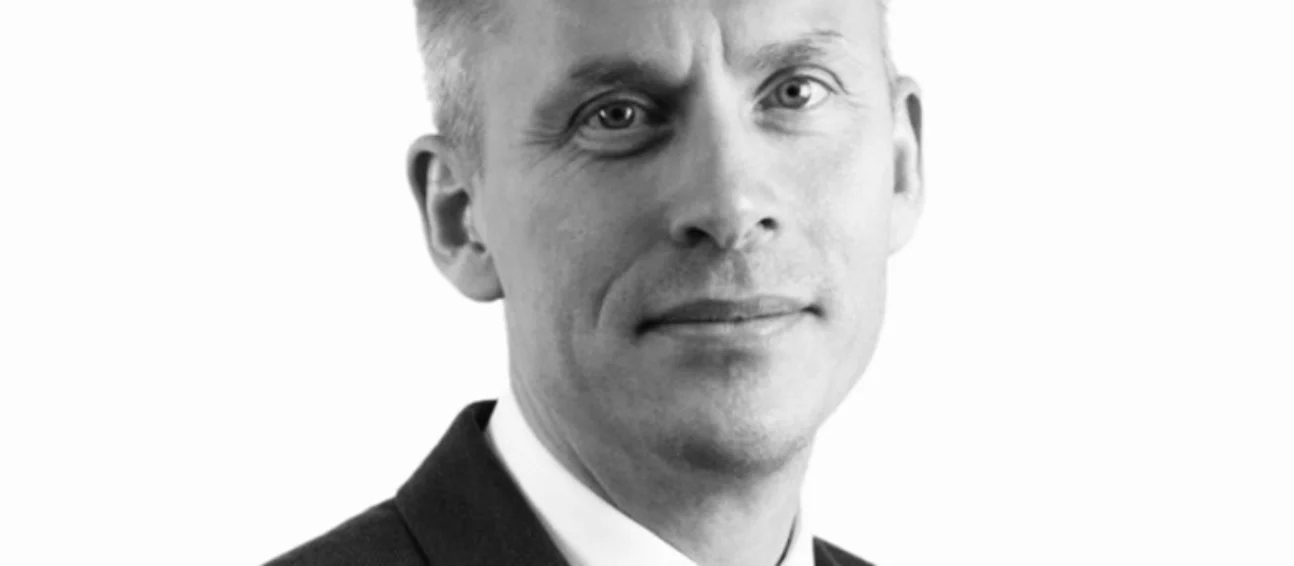By Hamlin Lovell, NordicInvestor
NordicInvestor interviewed Sampo plc Portfolio manager, Alexander Antas, to discuss the insurer’s approach to private equity investing for its proprietary capital and client capital. Antas is now leading a new fund, Mandatum Life Private Equity Partnership (“Mandatum Life PEP” or “the fund”), that aims to launch EUR 150 million to invest in Nordic companies. Mandatum Life is a wholly owned subsidiary of Sampo plc. The fund will continue the successful strategy of investing directly into Nordic companies that has up until now only been conducted on a deal-by-deal basis.
The fund’s return requirement for direct private equity investments is high and reflects the illiquid nature of the asset class. “We target three times invested capital on average, which works out at an IRR of around 20-25% over our expected five to six year holding period”, says Antas.
The return target is the same for the two categories of private equity that the fund allocates to: direct minority investments into Finnish growth companies and co-investments into Nordic transactions. Leverage is of limited relevance to the former but is important for the latter: “no leverage is applied to the minority growth investments, though the companies may have small amounts of leverage. The buyouts will usually use leverage”.
Some allocators diversify timing risk over multiple vintages, but for Mandatum’s fund, investing is about fundamental bottom-up analysis and finding opportunities with the right risk-reward dynamic. “we see our strategy as attractive on a stand-alone basis but also as a good complement to a leveraged buyout portfolio. We seek to add elements that are not present in traditional buyouts. Specifically, we avoid auction processes, do not use leverage and the fact that we seek minority positions opens up a whole new world of interesting opportunities, given that many owners are not yet ready to forgo their majority position”.
Mid-Market deal sourcing
The fund is focused on the lower end of the mid-market, which in a Nordic context can be defined as companies with an enterprise value between EUR 50 and 200 million. This is a less crowded space where it may be possible to identify more attractive valuations. “Valuations in private equity are generally high, but we aim to get better value by focusing on minority investments, in companies that are well beyond the start-up phase. We believe that we are mostly alone in this niche, as most other Finnish growth investors invest between 1-5m€ per investment, whereas we invest 10-20m€ per investment. We believe this results in less competition and improved prospects of establishing bilateral discussions with the owners. A network of brokers, investment banks, and legal and tax advisers in Finland help us to source deals. We also do some cold calls. There are around 3,000 private companies in Finland with turnover between 5 and 200m euros that grow at least 15% p.a., and they tend to be either family or founder owned. We can offer these companies and owners both growth capital and liquidity. We are flexible as long as the investment merits and terms are attractive”, he explains. On the co-investment side, the model is to source attractive opportunities from private equity managers that are well known to Sampo and Mandatum and where a LP relationship has existed for several years. “The GPs seek execution certainty and ability to analyse opportunities in a short time frame from their co-investors. We have both”.
Mature growth companies
“Mandatum Life PEP focuses on companies with certain characteristics instead of a specific sector focus. Such characteristics could for example be scalability, recurring revenues, structural market growth and barriers to market entry. This has so far often resulted in several investments into the software and broader technology space. For instance, one such investment was made into a software company called Cadmatic, which provides 3D-based design, engineering and information management solutions for the marine, process and construction industries. Finland is famous for its expertise in video and computer gaming, but this is not a priority as there tends to be too much competition driving up prices in this area”.
Some tech investors are looking for “moon-shoots” in new or experimental technologies, and might even invest in pre-revenue companies. The Mandatum fund is seeking established companies with revenues of about 50m euros on average, that exhibit strong growth, and that are profitable – or at least have a visible runway towards profitability. “This growth, and moves into profitability, is expected to be the main driver of returns. We do not factor in any valuation multiple expansion”, says Antas. Valuation metrics used include for example EV/EBITDA, EV/Sales and comparison to relevant public and private firms. Valuations briefly dipped around the Covid crisis, and although the market has now calmed down exit activity is still far from normal.
Alignment
Rather than valuations or exits, the more significant impact of the pandemic is in allowing investors to negotiate better terms. “We can negotiate more investor friendly terms, such as a vesting period for owners to help align our interests with theirs. If they sold before the end of the vesting period, they would forfeit part of their shareholding to other shareholders including us”, he points out. “The investment philosophy is forging partnership with companies to develop them”.
Co-investments and fees
For co-investments, Mandatum is investing alongside Nordic private equity companies with which it has long relationships, and which often are focused on a specific niche. They include Nordic technology specialist, Verdane, which is “investing in a world shaped by technology”; Swedish e-commerce specialist, eEquity, which is “a leading investor in digital growth”; and CapMan Growth in Finland, which “invests in entrepreneur-driven growth companies. Most co-investment transactions occur in Finland and Sweden, occasionally also in Norway.” There is no aversion to Denmark, but we have simply not seen much deal-flow from Denmark”, says Antas.
Fees may be under pressure in some areas of alternatives (particularly on the liquid side) but in private equity top quartile managers can easily command management fees of 1.5% or 2%, carry of 20%, and apply a hurdle rate of 7% or 8%. “In the end it is a question of supply and demand, and with interest rates and public market valuations where they are, there is plenty of demand for private equity”, says Antas. The one exception however is co-investments, where he does not expect to pay either management or performance fees. However, co-investments usually require an investment in the managers’ underlying fund and could still bear their share of non-fee expenses.
Non-fee expenses in general, and the way in which line items such as broken deal costs are allocated amongst vehicles, has been a contentious issue that has attracted some regulatory sanctions. Antas expects managers to be transparent about their policies on expense allocation.
ESG
The longer holding periods and greater degree of control in private equity might give some managers more scope to drive positive change in corporate behaviour. “We start with governance, without good governance ESG initiatives are difficult to implement. Nordic companies understand the importance of ESG and that ESG has to be there as a minimum, over time we do not see it as a source of competitive edge, as all serious companies will need to have thorough ESG measures in place”.
“So far, there have not been any situations where our ESG policies conflicted with those of our private investments, but each of them could see their ESG policies change over multi-year holding periods. If the ESG policies of a private equity manager, or investee company, diverged from our policies, the first option would be to try and influence the company to align their approach with ours. Divesting the fund or company interest would be a last resort”, says Antas.



